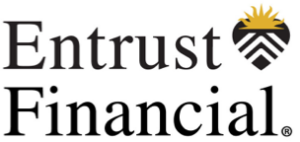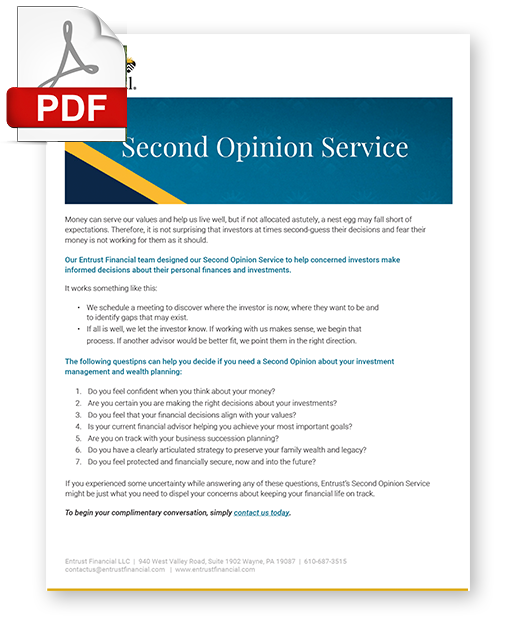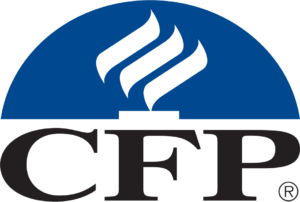Tips for Creating a Vacation Fund

Summer is almost here and everyone seems to have vacation on their minds. We often get questions about paying for travel; a typical one is: “How much can I afford to spend?” So today we’ll provide you with some helpful tips on how to create a vacation fund that fits easily into your budget. That way you can enjoy vacation without feeling guilty about the expense.
A good first step for creating a vacation fund is to determine how much you feel comfortable spending. Start by recording all of your monthly income sources; some examples are salaries, child support, pensions, investment income, and annual gifts. Be sure to add everything up so that you know how much money is coming in every month.
After you know how much is coming in, you should review and record all of your household expenses. The goal is to gain a firm understanding of where your money is spent. Start by tracking your expenses for at least one full month. It is usually easiest to start by recording your fixed expenses such as mortgage, car, and retirement savings. After you have recorded these fixed costs–for your needs–then identify the costs for things you want, your discretionary items such as clothing, walking around money (WAM), and travel. Write down all of your discretionary expenses. Now you are ready to give careful thought to how much money you are comfortable allocating toward vacation.
Recording your income and spending is a key to success because simply assuming you know the financial details leaves a lot of room for miscalculation. And miscalculation leads to budgets that do not work. Another benefit of tracking your income and expenses is the sense of control you feel when you know where your money is going.
We encourage you give it a try for a month or two. Here is a great spreadsheet to use or you may prefer an online budget system like www.mint.com.
Now you are ready for the second step: Set money aside and earmark it for your vacation. This step is important because it provides you with peace of mind, knowing that your money is there and available before you head out of town.
Everyone has a slightly different approach to this. Here are four examples:
- Inheritors often set aside a portion of the income produced by their investment portfolio as their vacation fund.
- Business owners tend to earmark a portion of their business profit or bonus to fund their vacation plans.
- Executives may decide to set aside a portion of their annual bonus or utilize a portion of their exercisable stock options to create a fund for travel.
- Retirees commonly establish a separate account for their social security income and earmark a portion or 100% toward travel.
To recap, start by recording the details of your income and expenses. Then select the way you prefer to earmark money for travel. The sooner you begin the sooner you may feel peace of mind, knowing the money you need is already saved.
To start a conversation- contact us today. We look forward to helping you.











